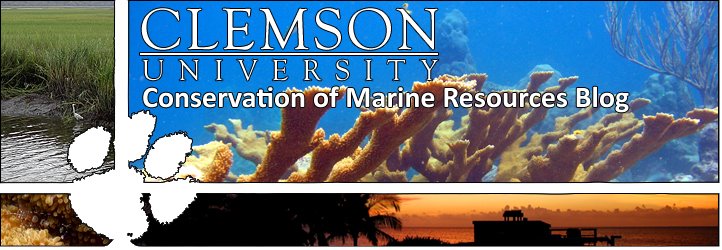This summer, I had the incredible opportunity to work in the
Florida Keys with the Conservation of Marine Resources lab. This was a
transformative experience for me on many different levels. I learned a lot
about field research and I learned a lot about myself – my capabilities and my
passions.
I’ve always been interested in
marine biology and conservation but before this summer I had very little
experience in the field. We worked on a boat all summer long, diving and
observing coral reefs. From this I gained problem-solving skills, techniques
for experiments, and practical field experience with various equipment. Being
on the water this summer taught me a lot about the ocean. I learned how to drive
a boat as well as navigate in the ocean and how to work around ocean weather
patterns. These are skills that I’ve always wanted to develop that will be
really useful for pursuing a career in marine conservation.
The most incredible part of the summer was that Dr. Childress and Kylie helped me to design my own research project. I designed my experiment to examine parrotfish territoriality. I read through papers and talked with Dr. C and Kylie to formulate an approach for collecting data. The two of them gave me a lot of freedom in this project and it was amazing to figure out what does and does not work for an experiment. After designing how we would collect data, I got to go into the field and begin trials on various reefs. While collecting data, I also had the chance to present my hypotheses and methods at Tuesday Science Night, to a group of local scientists and receive their feedback. After that, I got to take their advice back into the field and continue to collect data. I truly developed a love for what I was researching and I feel a strong connection to the project. Now I get to go back to the lab and analyze all of the data that has been collected!
I am tremendously grateful to Dr. Childress and Kylie for the opportunity to work on an independent project because it has given me a glimpse of what graduate school will be like. I know now how much I love doing research and that I definitely want to pursue a Master's Degree. All summer long they gave me guidance and advice, mentoring me to help me become a successful scientist one day. Because of the work that I did with them in the Keys this summer, I finally feel like I have a place in the field of marine biology and that I am prepared to enter into the world of research.
This summer was full of fun too! I am grateful that I got to work with a group of people who are so passionate about marine conservation and diving. The friendships that I made with everyone this summer are irreplaceable and I'm glad that I get to continue working with them this year. This summer I tried so many new things. I learned how to spear fish, free dive, and caught my first barracuda! On our days off all we wanted to do was play in the ocean and we went on all sorts of adventures. We got to see dolphin jump beside our boat, giant turtles hang out on our reefs, and we even went diving with a mantaray! This summer was a once in a lifetime opportunity for me and I'm thankful that I got to share it with all my Clemson friends!















